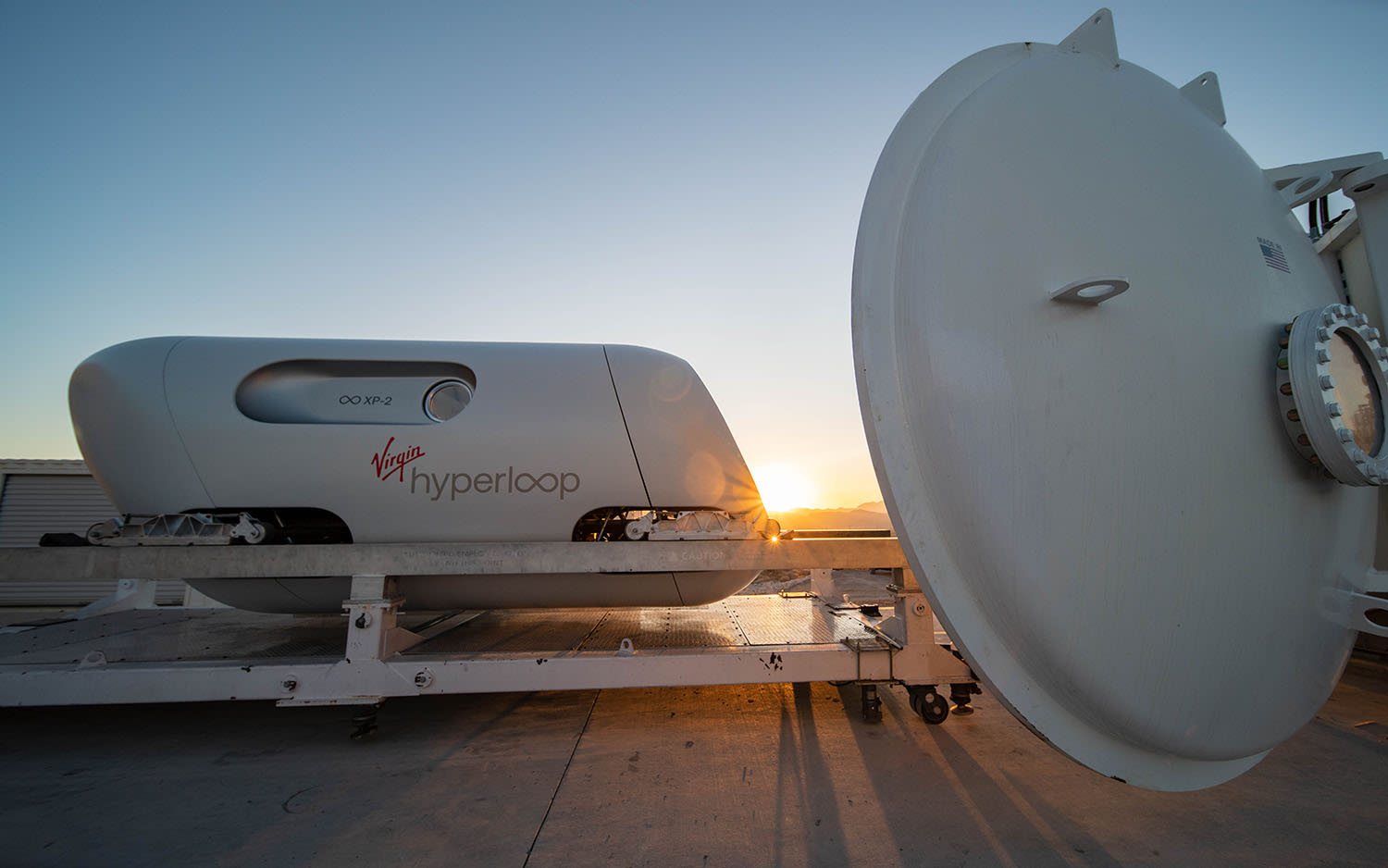How does Virgin Hyperloop work?
Virgin Hyperloop made history in 2020 as it completed its first successful passenger tests. But what’s the technology behind hyperloop and how does it work?
Hyperloop is a new form of mass transportation that will change how we travel. It is set to cut journey times between cities from hours to minutes.
Virgin Hyperloop uses a ‘near-vacuum’ environment within a tube, which enables high speeds, low power consumption, and almost completely removes aerodynamic drag. Inside the tube, battery-powered pods glide at speeds of up to 670mph. For passengers on board, it’s a comfortable, quiet and safe experience.
After successfully building the world’s first hyperloop test system, Virgin Hyperloop is now focused on its commercial product. It has made changes to the design, moving levitation, power and propulsion onto the pod. The levitation engines contain electromagnets that lift and guide the pod within the track, making it 10 times more efficient than the world’s fastest maglev trains.
Pods travel in convoys. Unlike trains, the pods are not connected to one another, meaning each one can have a different destination. Pods take an exit similar to a highway off-ramp, while the rest of the convoy continues on its route.
With no moving parts on the track and levitation and guidance on the top of pods, they can switch directions at high speeds and join and leave convoys seamlessly. These innovations not only allow pods to travel at ultra-fast speeds but also provide on-demand, direct-to-destination service. Hyperloop will carry tens of thousands of passengers per direction per hour at aeroplane speeds, with zero direct emissions.
Visit Virgin Hyperloop to learn more.




